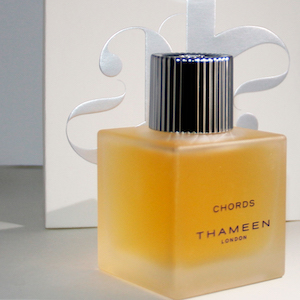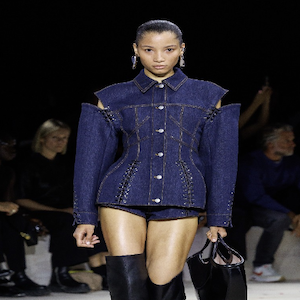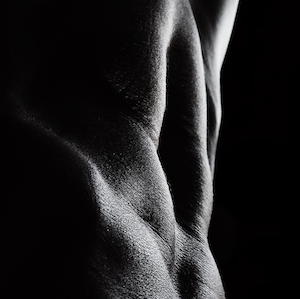Worldly; Pinkification
By Jo Phillips
“Ew, its pink” was my automatic response anytime a family member or friend gifted me a girly toy. I detested pink only because it was the colour every single girl my age seemed to love. It was the colour of all of their toys, headbands, and clothing. It surrounded me constantly, and I always felt pressured to like it because all girls liked pink. Yet, as time passed and my style evolved, the colour slowly began to grow on me. Maybe it was due to the changing trends or maybe it was due to the more sophisticated, pink objects that began to surround my young adult life, but I soon began to realize that pink is so much more than just a girl colour. It is an intricate idea woven throughout different cultures and fashions, paving the way for power and influence throughout the world.
First becoming popular in the 18th century, pink fashion was the highlight of both men and women’s attire. Whether worn casually or as a bold statement, its rise in popularity was accredited to the public’s fascination with its image as a more subdued hue of red. Combining the ideas of red as a masculine and intense colour with white as an angelic and pure colour, pink became the hue of the century. So popular was this new colour combination that consumers actually embraced it as a sign of sophistication and suave. It proved prevalent among men and women’s styling and was sported during every occasion.
However, it was not until the 1950s, that pink began to be associated exclusively with women and girls. Conformity and gender-specific colours characterized the time period, casting pink to the outskirts of men’s fashion while thoroughly embracing it in women’s wear. Quickly, its former image as a universal hue was erased as fashion confined the colour to a feminine box, allowing it to only be associated with the ideals of womanhood. Soon coating every female toy and product, the colour found itself widely accepted as the prevalent colour of women.
In recent years, the feminist movement has taken pink and transformed it into a revolutionary movement. As one of the closest ideas associated with femininity, the feminist movement, fighting for equality across all genders, has taken the colour and transformed it into a symbol of the equality they seek. In the same way that women felt confined to the home, pink has been confined to one gender. As both look to break these boundaries and redefine their role in society, feminist clothing, often featuring pink, has dominated the sea of people involved in protests and equality efforts.
The ideas behind the colour of pink have shifted and changed throughout the years, but its influence among society has remained. Despite naysayers and those who claim pink is nothing more than a colour of the rainbow, the history and meaning behind its symbols continue to shine through. Highlighting this beautiful transformation, Pink: The History of a Punk, Pretty, Powerful Colour, featuring excerpts and essays contextualizing the changes in the uses and symbols of pink, is a one-of-a-kind book that glorifies the rich history of a colour so often viewed as singularly one-dimensional. Coming out on August 30th, this portfolio of pink is a household necessity and a stunning account of one of the most iconic and controversial colours in the world.








